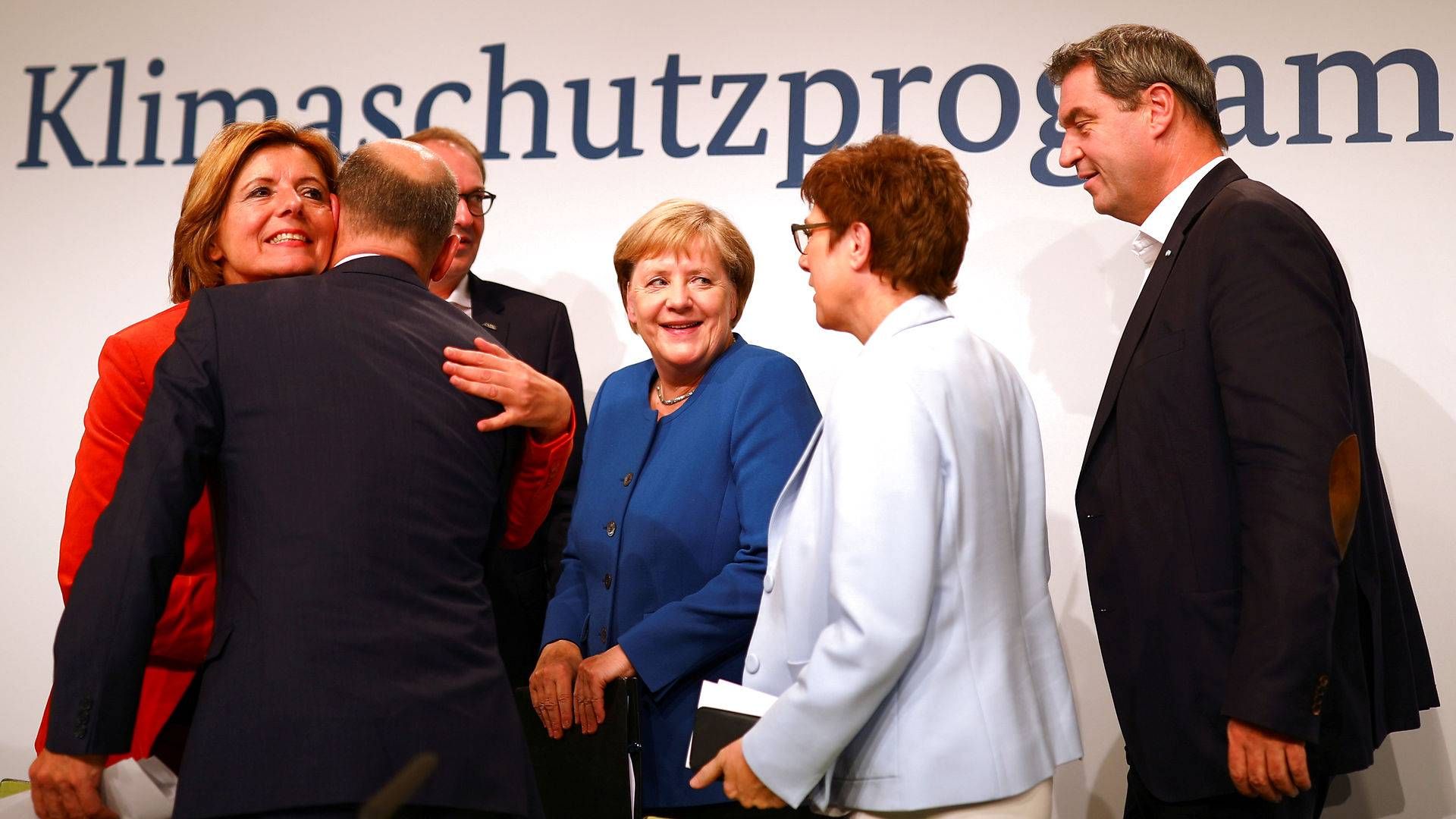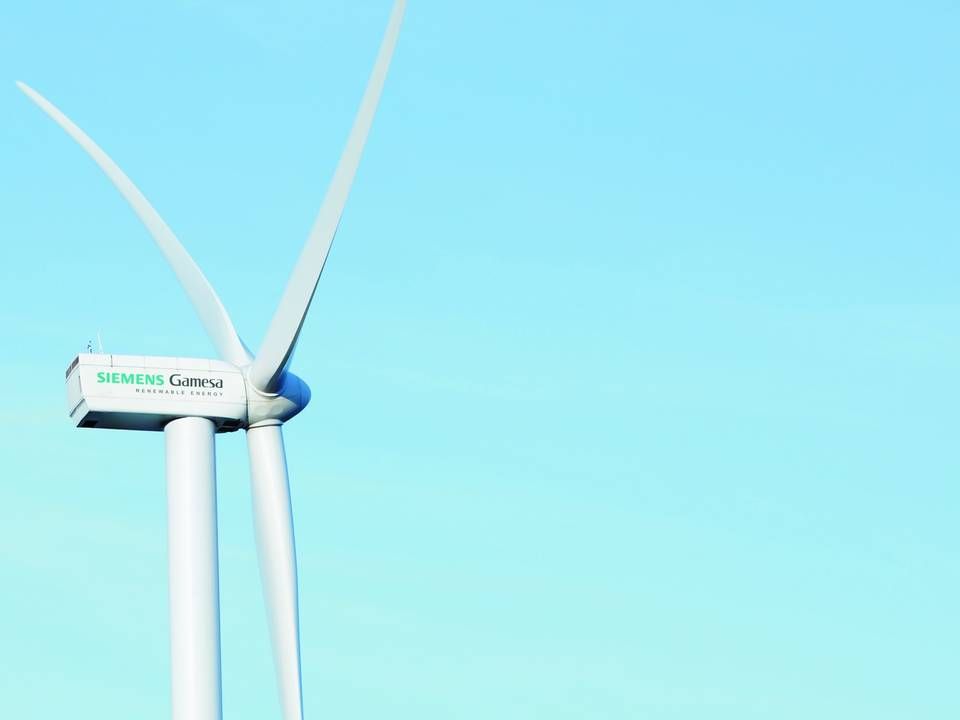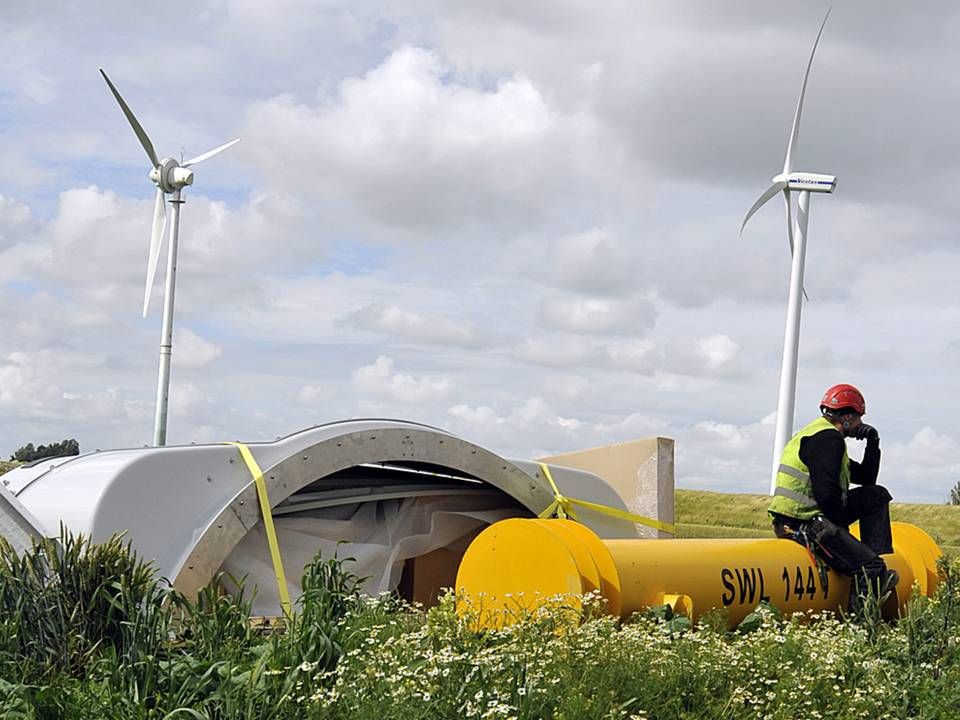German climate plan "creates chaos" in wind industry

Early this month, German Minister for Economic Affairs and Energy Peter Altmaier (CDU) called a crisis meeting for the wind industry.
The occasion was the near-total halt of onshore wind expansion on Europe's largest market, where about 300 MW were installed during the first half of the year. A state further strengthened the following week, when only 171 MW were allocated in a 500MW onshore wind tender.
Although no concrete initiatives were produced at the summit, it left the industry with some optimism. Not least regarding the German government having planned to launch a new climate plan ahead of the the summit.
But after it was presented on Friday, sentiments have once again risen to the highest state of alert. Because while the plan's general impression left few observers impressed, it has sent the wind industry into a shock.
This is particularly due to the passing of a national distance requirement.
Bavarian conditions everywhere
At the crisis meeting, the abolition of the the Bavarian distance requirement of at least ten times a turbine's tip height to the nearest dwellings, despised by the industry, was a central discussion point. But not only is this rule now explicitly stated in the climate plan as concerns Bavaria, but a requirement for at least 1,000 meters to the nearest dwellings has also been implemented in the rest of Germany, for new turbines as well as repowering projects.
"The fact that parts of the coalition government were able to push and implement standardized distance requirements to consciously introduce new obstacles is incomprehensible and incredibly careless. It creates chaos in the regional and and country-wide planning and brings the entire industry in jeopardy," fumes President Hermann Albers of industry association BWE.
The distance requirement takes up the most space on the page dedicated to explaining how the proportion of renewable energy will reach the targeted 65 percent by 2030. Among other things, it is asserted that, provided federal states want to fight for wind turbines installed closer to voters, special exceptions may be given. However, local communities can trump such efforts with the possibility of positing distance requirements for unspecified time frames.
According to the German Chambers of Commerce and Industry (DIHK), the 65-percent target demands that every single day see five 3MW turbines installed. And the association generally points to 2 percent of Germany's acreage having to be allocated for renewables expansion if the coalition government is to achieve its stated goal.
Government's despondency
However, the distance requirement is not the only thing in the plan to disappoint. The same applies to the government's announcement of a minimum price on CO2. Not because of resistance to the tool, which is quite the contrary being highlighted as a very cost-efficient way to make the green transition. But because the initial price of EUR 10 per ton of CO2 is far too low – the current quota price is about EUR 26 per ton on Monday.
"An initial price of only EUR 10 for CO2 is a manifestation of the government's despondency. In that way, a minimum price on CO2 will have no climate effect, it will strengthen subsidies for fossil fuels and scorns the actual costs of CO2. Thus, clean technologies are held down far below their potential," says German Renewable Energy Federation (BEE) President Simone Peter.
Some choice elements of the climate plan are, however, highlighted as positive, although without much enthusiasm. This applies partly to the abolition of the German 52GW cap on solar energy, partly to the offshore wind target increasing from 15 to 20 GW.
The latter point has been requested by the industry practically since the coalition government of 2013 – also comprising CDU, CSU and SPD – cut the offshore wind target down from 25 to 15 GW. But even though 5 GW are now put back into the pool – pending the approval of German coastal states – it is not enough to make up for the wretched business on land, as asserted by BEE and others.
"An important cornerstone in the shift toward wind is compromised despite all assurances. It bodes danger for not only the 2030 climate target, but also the position of an innovative industry," says Peter.
Criticized by environmental organizations
However, it is not only the industry that is angry with not being able to sell its products on the domestic market. Environmental organizations, too, overall say that it was apparently a wasted effort when hundreds of thousands took to the streets on Friday to demand climate action in major German cities.
"Without drastic increases in the proportions of wind and solar energy, the climate targets are just waste paper," states Hubert Weiger, president of NGO Umwelt und Naturschutz Deutschland (BUND), who is backed up by a large number of colleagues, including Environmental Action Germany Executive Director Sascha Müller-Kraenner:
"Climate protection means: Out with fossil energy, in with renewables. And this will take far too long with this decision. With the new distance requirement for wind, the Climate Cabinet brings the wind expansion to a halt. The opposite would have been the right thing."
English Edit: Jonas Sahl Jørgensen
Related articles
German auction once again sees disappointingly few bids
For subscribers
Europe's largest wind market withers
For subscribers


















.jpg&w=384&q=75)





